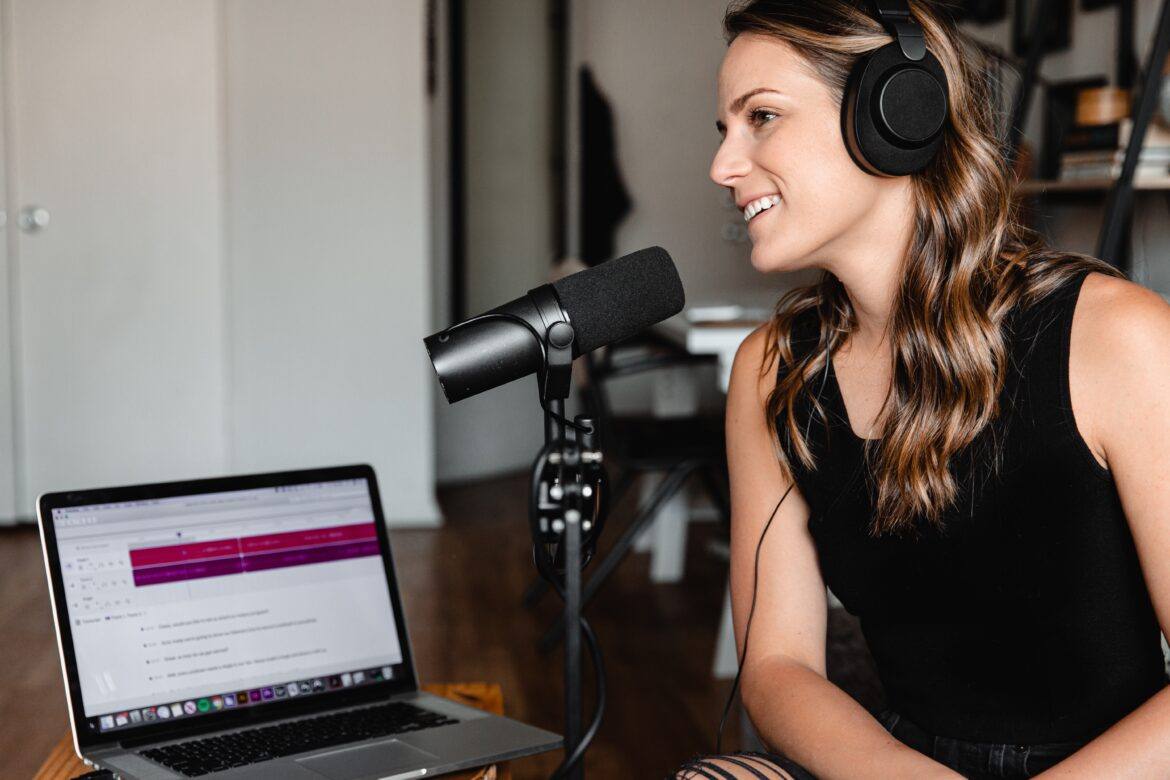Podcasts are a powerful tool for capturing learning on the go. Let’s see how as we adapt a few strategies from Edutopia’s article Smart Strategies for Student Success.
Smart Strategies
The authors, Donna Wilson and Marcus Conyers, assert that working smarter is possible. How? Use specific success strategies that can’t help but have a profound influence. They outline several strategies, including these two:
- Explain it to your brain.
- Take brain breaks while learning
Let’s explore these strategies in the context of classroom podcasting. First, let’s reflect on why podcasting is so valuable.
Podcast Strategy #1 – Meta-Cognitive Learning
In this strategy, students use self-explanation to tell themselves what they are thinking. I like this approach since students speak aloud to solve a problem. This reflective, meta-cognitive dialogue can be audio-recorded and planned out. Using simple tools like Voxer, students can record themselves as a “Note to Self.” As a teacher, I would set up a class account for Voxer. Students would use a device with microphone logged into the class Voxer account. The device could be a cheap Chromebook, an old iPad, or computer.
These audio perambulations are one-take recordings. Students walk and talk themselves through a problem. As Donna and Marcus point out, there are benefits to this effort. Those benefits include blending new information into students’ existing mental schema. Students may generate inferences where information gaps exist. This promotes self correction and the change of inaccurate information.
Podcast Strategy #2 – Move and Share
The take brain breaks while learning strategy suggests movement. We already know that moving is learning. Edweek alludes to this in their article Learning in Motion. Studies show, Edweek points out, that children who are more active gain these benefits:
- Exhibit better focus
- Enjoy faster cognitive processing, and
- Have more successful memory retention
This happens because the body is kept active. Doing that promotes mental clarity due to increased blood flow. This makes activity, Edweek says, “vital” to learning, physical, and neurological health.
In the Move and Share strategy, students get up. They find a partner and take turns sharing one thing they learned moments before.
One great tool to record vidcasts is Flipgrid.com. Available free to educators thanks to Microsoft‘s largesse, it makes safe sharing easy. Students can record themselves then other students can view and respond. To complete the process, teachers can save the video exchange as MP4 video files. Then, using a free tool like Sway or Seesaw‘s built-in blog, for example, the teacher can publish them. This can be a phenomenal approach for students. Students can use their own BYOT devices, such as smartphones or tablets.
Walk and Talk Podcasts for Learning
These are only two smart strategies. Blend others with podcasting technologies to speed up student learning. Be sure to read about other ideas in Donna’s and Marcus’ article that you can adapt. Want to learn about other podcasting tools? Investigate Anchor.fm as another free source for podcast hosting. Blogging plus podcasting yields engaged learning.

